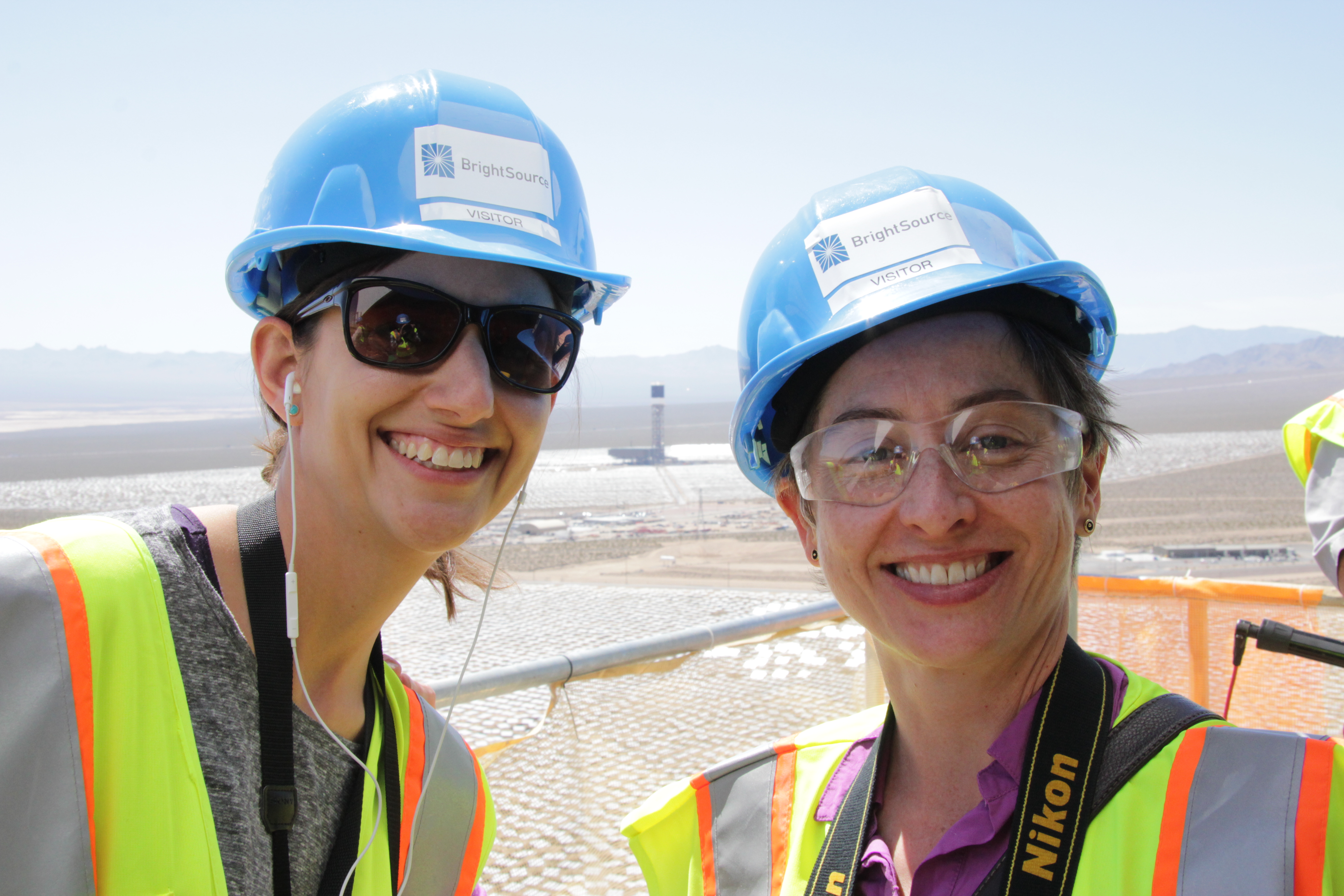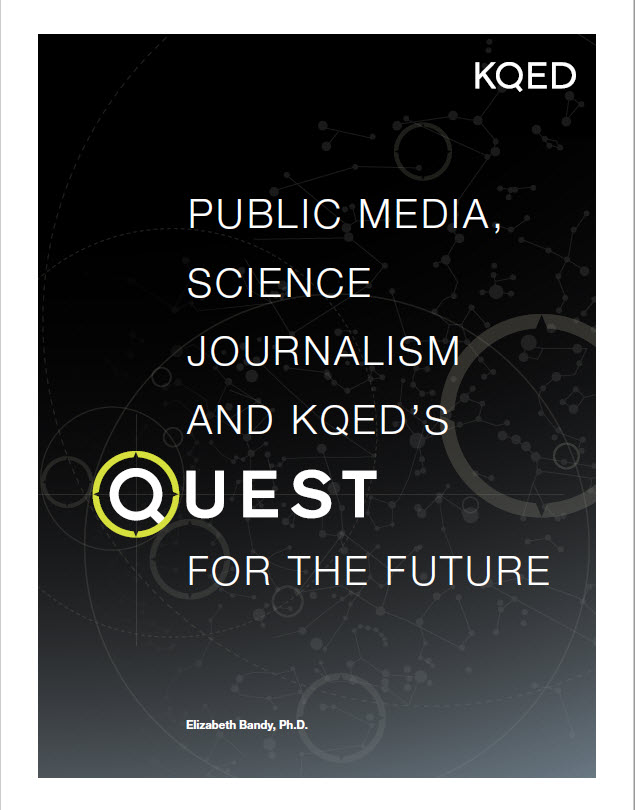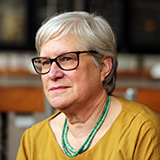By Sue Ellen McCann

In 2004, KQED, San Francisco’s NPR and PBS station didn’t look much different from other public broadcasters across the country. The station was organized by platform -- legacy media, television and radio -- with more recently formed interactive and education units in their shadow. And like other media organizations, these platforms rarely consulted each other on news, feature reporting or production, and if they did think about it, in most cases that thinking was less than comprehensive.
When online and digital distribution with audience-driven consumption entered the picture, KQED got a wake-up call. Without appointment listening and viewing, KQED needed a major rethink of its content production and distribution and a strategy shift from a station-first to an audience-first approach.
"Public Media, Science Journalism and KQED’s QUEST for the Future," by researcher and evaluator Elizabeth Bandy, chronicles KQED’s transition from a 20th-century broadcasting station to a 21st-century digital media organization. As Bandy explains in a recent blog post, before digital online distribution, broadcasters would simply broadcast what they thought audiences would find interesting, entertaining or useful. But in the new digital reality, audiences can decide what and when they want to read, listen to or watch. In an audience-first reality, broadcasters have to offer content that interests the audience and grabs their attention, or else the audience will select someone else’s content. To do this, stations need to know more about their audience, what their media habits are and what decisions they are making to select content.
In 2006, following a series of community surveys and conversations, and with generous funding from the National Science Foundation(NSF) and the Gordon and Betty Moore Foundation, KQED responded with its largest cross-platform multimedia experiment to date: QUEST, a multimedia science series. Over the next four years, this initiative to expand public science literacy by better coordinating radio, television, Web and education, would eventually grow into KQED Science, the largest integrated science reporting unit in California.


